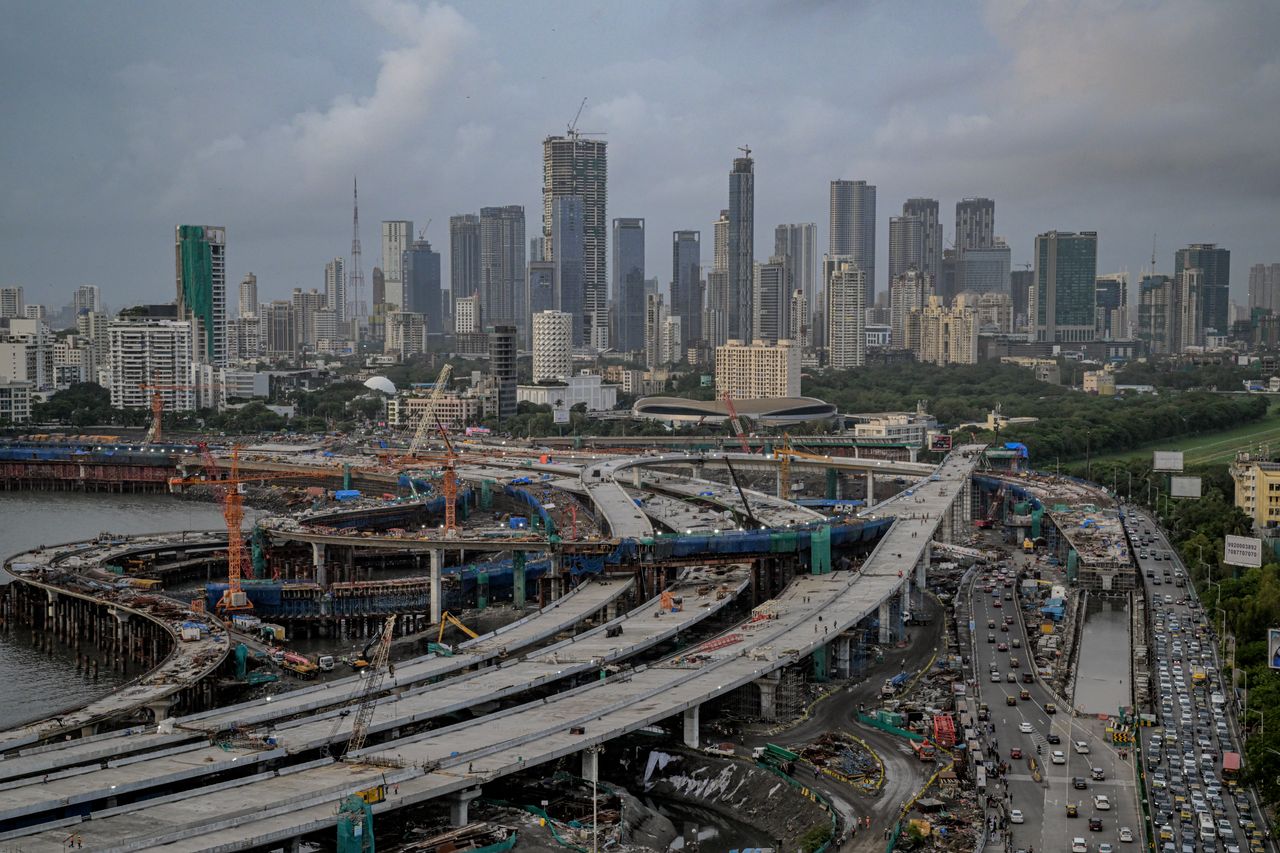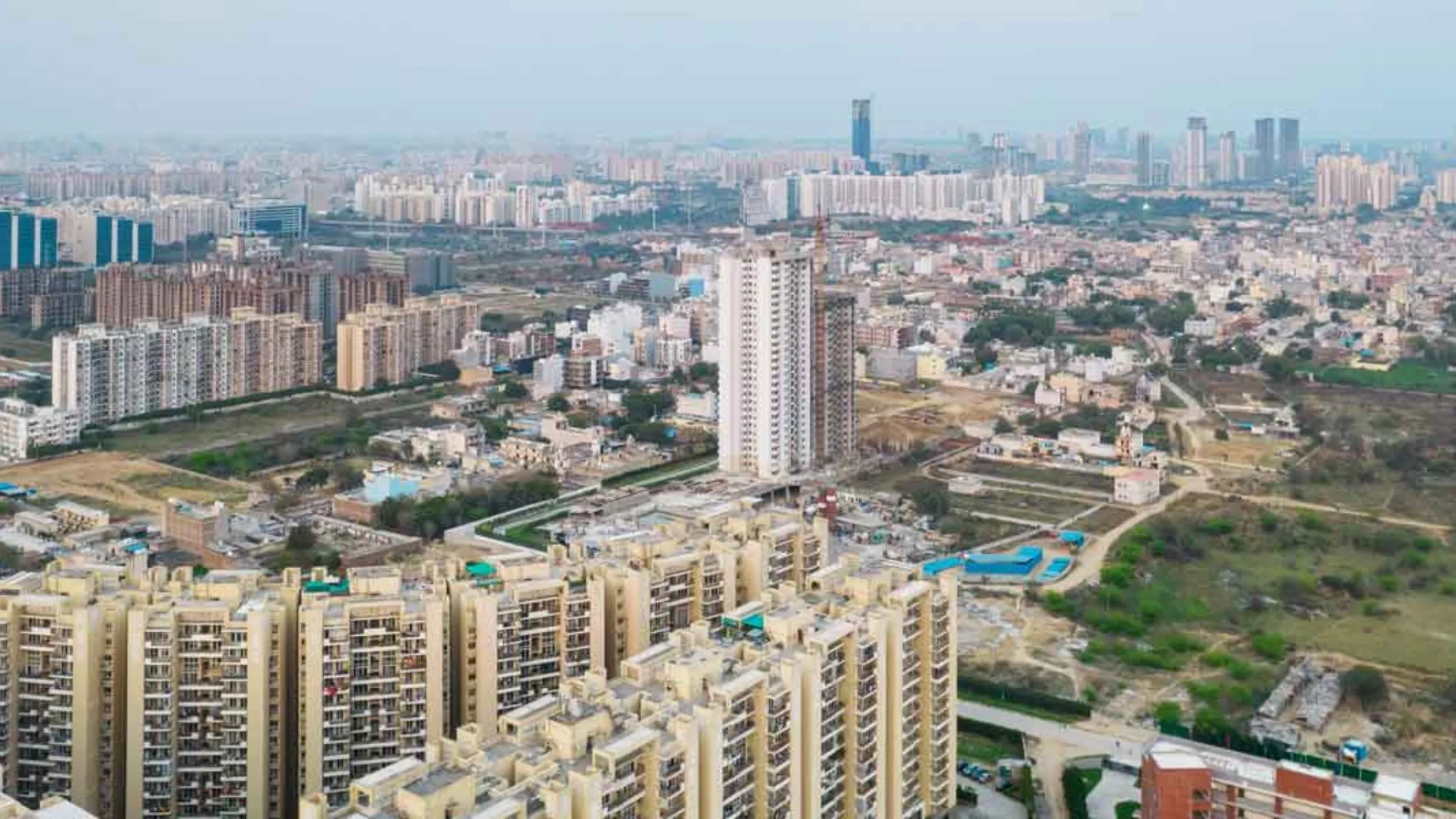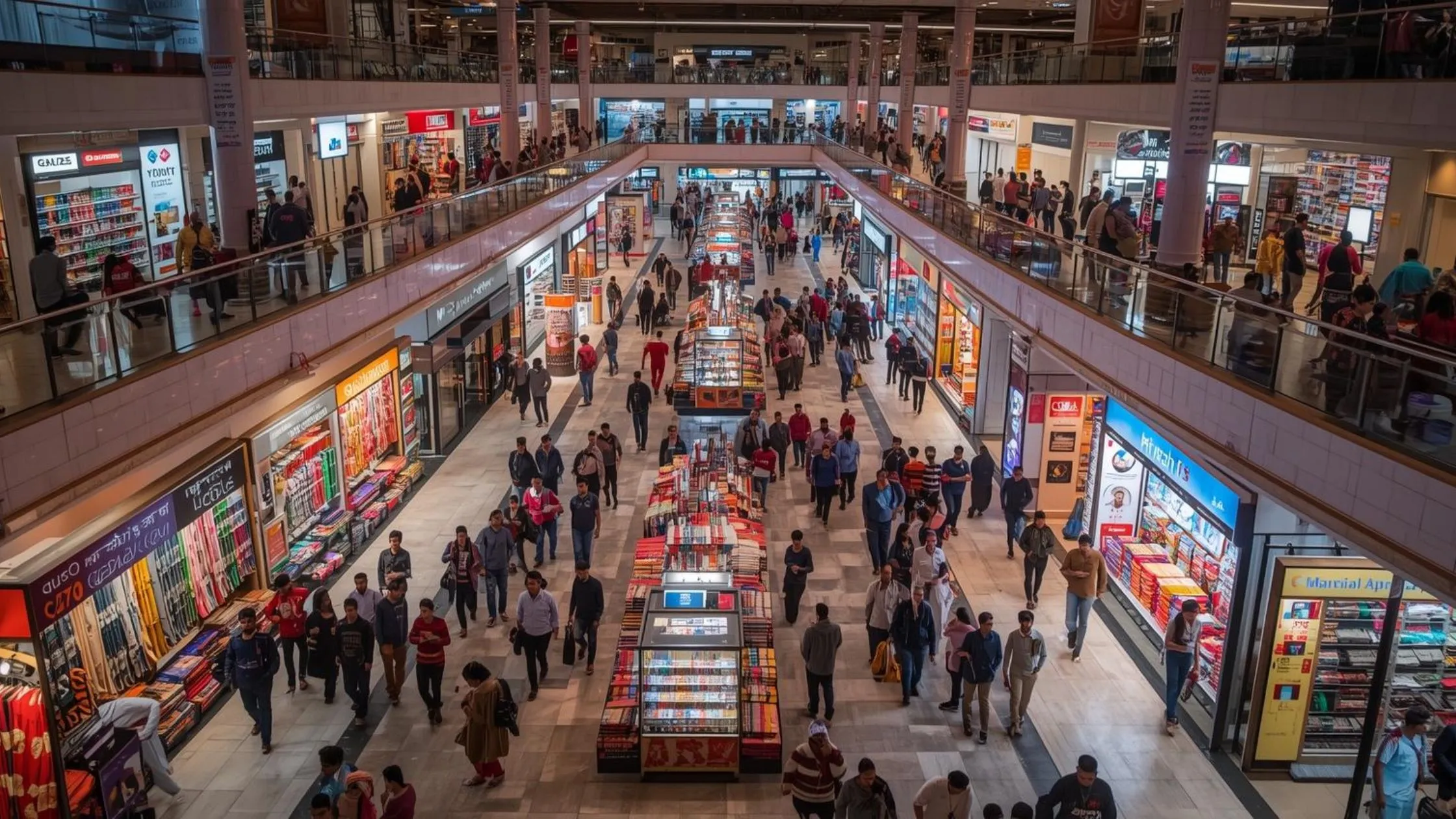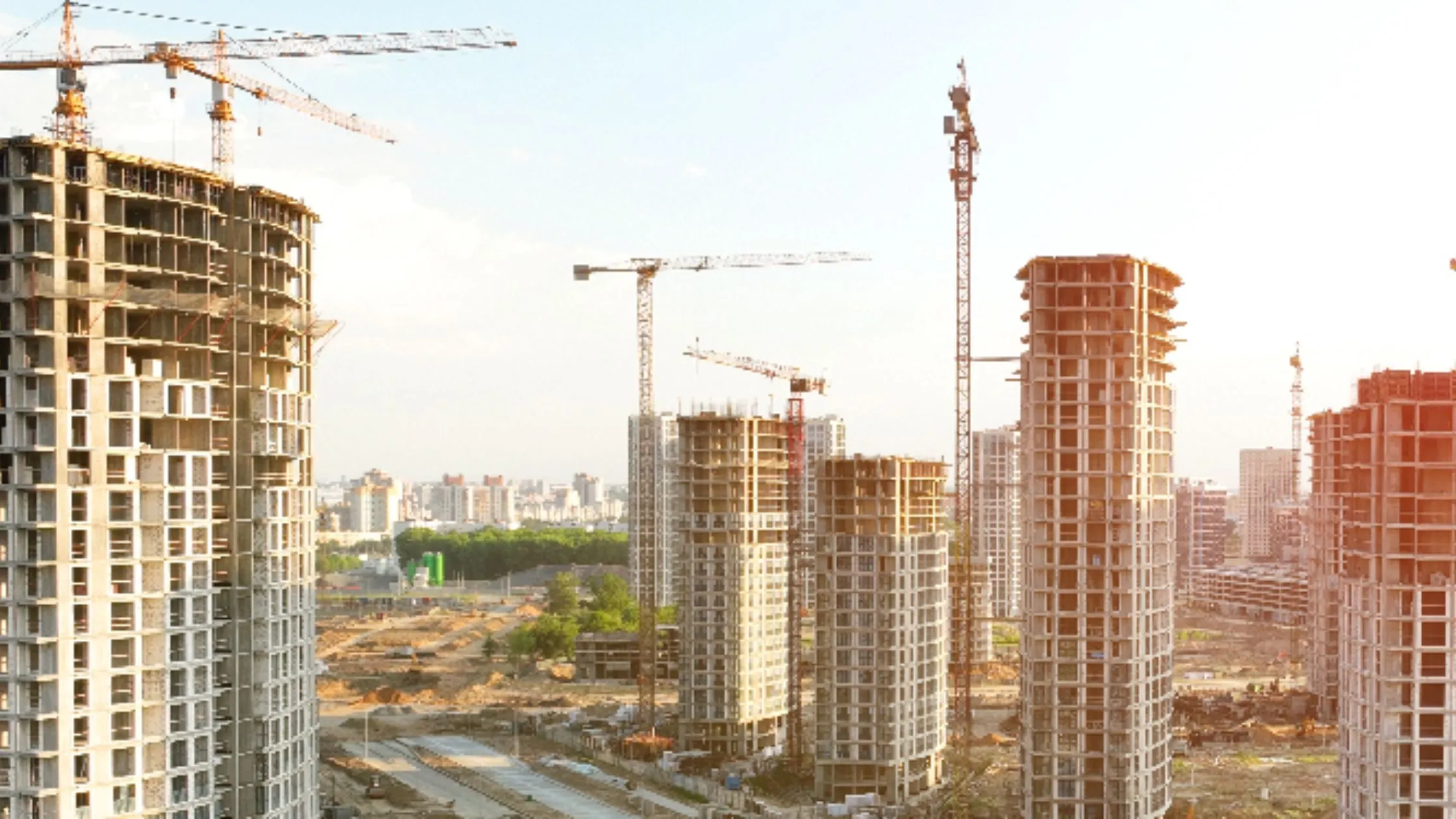Table of Content
India’s urban landscape is rapidly expanding, with tier-2 and tier-3 cities playing a critical role in this transformation. Yet, despite a clear push from the government to improve infrastructure in these smaller cities, the response to the Urban Infrastructure Development Fund (UIDF) has been lukewarm.
Introduced in the 2023-24 Union Budget, the UIDF intends to enhance roads, water supply networks, sanitation, and other vital urban infrastructure. Nevertheless, out of the ₹10,000 crore designated each year for the scheme, fewer than ₹7,000 crore have been approved in two years. What is causing this ambitious initiative to have difficulty gaining momentum? Let’s examine it more closely.
What is the Urban Infrastructure Development Fund (UIDF)?
The UIDF was established to boost development in 459 tier-2 and 580 tier-3 cities. States can avail loans at a discounted interest rate of 1.5% below the prevailing bank rate for projects like:
- Road construction: Flyovers, underpasses, and new roadways.
- Water and sanitation (WASH): Improving access to clean drinking water and efficient waste management systems.
- Educational and health infrastructure: Schools, hospitals, libraries, and anganwadis.
- Special projects: Heritage conservation and round-the-clock water supply in select cities.
This fund is designed to meet the unique needs of smaller cities that often lack adequate infrastructure. However, the scheme’s implementation has faced significant challenges.
Also Read : Understanding UDS in Apartments: A Key Buying Factor
Where the Funds Have Been Used
While overall demand is low, some states and cities have used UIDF allocations creatively. For example:
- Tamil Nadu: Funds are being used to ensure round-the-clock water supply in select cities.
- Puducherry: Focused on heritage conservation projects to preserve its cultural legacy.
- WASH Sector: Around 40% of the funds sanctioned so far have gone toward water, sanitation, and hygiene projects.
Why is the demand for UIDF low?
Despite its potential, many states have been slow to adopt the UIDF. Here are the main reasons behind the sluggish uptake:
1. States’ Reluctance to Borrow
States are hesitant to take loans, even at discounted rates, due to concerns about repayment obligations. Unlike metro cities, tier-2 and tier-3 cities lack the financial independence to generate revenues needed to service these loans.
2. Unfinished Paperwork
Detailed project reports (DPRs) are mandatory for fund disbursement, but many states are behind on preparing these documents. For instance, out of the ₹6,850 crore sanctioned so far, projects worth ₹1,050 crore are still awaiting DPR approval.
3. Centralisation of Urban Development
Urban development in India remains highly centralised. Local urban bodies, which are meant to implement these projects, often lack the capacity or authority to manage them effectively. This structural issue has slowed the pace of project execution.
4. Normative Allocation Gap
States like Uttar Pradesh, West Bengal, Odisha, and Madhya Pradesh have not received a single rupee under the scheme. Even resourceful states like Maharashtra and Gujarat have been slow to utilise their allocations.

Structural Issues in Urban Development
Experts believe that the slow progress of UIDF is symptomatic of deeper issues in urban planning and governance.
1. Weak Local Governance
The 74th Constitutional Amendment aimed to empower urban local bodies (ULBs), but this has not been fully implemented. Most ULBs lack the technical expertise and financial autonomy to manage large-scale infrastructure projects.
2. Low Capital Absorption
Many tier-2 and tier-3 cities struggle to utilise their existing funds. Without strong project management skills, cities often fail to deliver projects on time or within budget.
3. Limited Revenue Generation
Revenue streams in smaller cities are weak, which limits their ability to maintain infrastructure built under UIDF. Experts have raised concerns about how these projects will be sustained in the long run.
Suggestions for Improvement
To make the UIDF more effective, experts recommend the following:
1. Untie Funds: Provide states with greater flexibility in fund utilisation. Conditions should focus on basic requirements like citizen participation in planning, publishing budgets, and ensuring transparency.
2. Capacity Building: Strengthen urban local bodies by providing technical training and resources for project management.
3. Equitable Development: Ensure that projects address the needs of marginalised communities, such as slum upgrading, rather than focusing solely on economically lucrative ventures.
Learning from RIDF’s Journey
Officials remain optimistic about UIDF’s future, pointing to the success of the Rural Infrastructure Development Fund (RIDF), introduced in 1995-96.Despite its slow beginning, the allocation for RIDF has increased from ₹2,000 crore in its inaugural year to ₹40,475 crore in 2023-24.
The National Housing Bank (NHB), which manages UIDF, is also taking steps to increase adoption:
- Conducting outreach programs to educate states about the scheme.
- Opening new regional offices to provide better support.
- Relaxing funding caps for high-performing states like Telangana and Rajasthan.
The Road Ahead
India’s smaller cities are the backbone of the country’s urbanisation journey. For the UIDF to succeed, it must address systemic issues in urban governance and planning. Empowering local governments, simplifying funding norms, and ensuring equitable development are key steps to unlocking the potential of tier-2 and tier-3 cities.
With the right approach, UIDF could transform these cities into vibrant hubs of economic and social activity, easing the burden on overpopulated metros and creating a more balanced urban future.
Also Read: Yamuna Expressway's Real Estate Boom with Noida Airport

_1734511025.webp)






Ans 1. UIDF is a government initiative aimed at improving urban infrastructure in tier-2 and tier-3 cities by providing loans at discounted interest rates.
Ans 2. States are reluctant to borrow, there’s incomplete paperwork, and urban development remains highly centralized, slowing project execution.
Ans 3. UIDF funds support road construction, water and sanitation improvements, educational and health infrastructure, and special projects like heritage conservation.
Ans 4. Tamil Nadu and Puducherry have creatively used the funds for round-the-clock water supply and heritage conservation, respectively.
Ans 5. States like Uttar Pradesh, West Bengal, Odisha, and Madhya Pradesh have not yet accessed their allocated funds due to various barriers, including a lack of capacity.
Ans 6. Smaller cities face issues like weak local governance, low revenue generation, and lack of project management expertise, limiting their ability to implement large projects.
Ans 7. Experts recommend untied funds, capacity building for local governments, and ensuring that projects meet the needs of marginalized communities.
Ans 8. Despite a slow start, RIDF grew significantly over the years. UIDF may see similar growth with improved outreach and support for states.